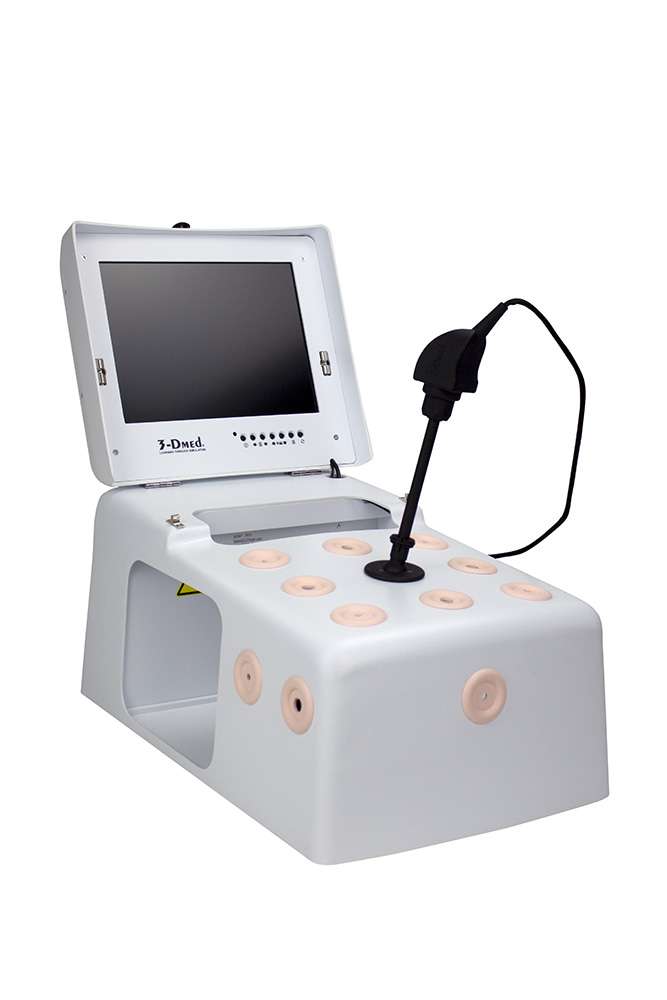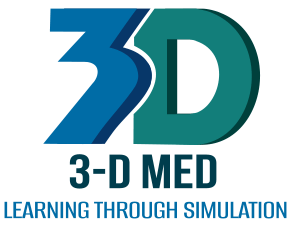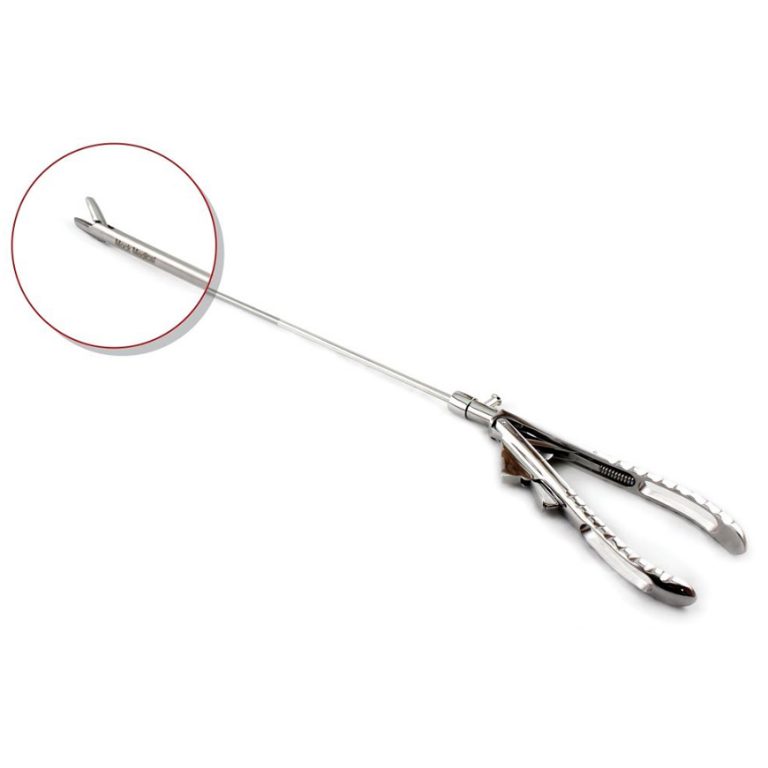Optimizing Surgical Outcomes: Training with Needle Drivers in Simulation
Needle drivers are a critical tool that give surgeons greater control over their sutures and knots. Done well, sutures will promote quicker wound healing with minimal scarring. If done wrong, the results can be devastating. To become proficient in basic suturing techniques, medical students practice on a variety of materials that mimic the characteristics of skin and tissues. While this may provide adequate practice for a novice, advanced techniques such as intracorporeal suturing and knot tying demand a unique skill set with a steep learning curve. These skills are becoming increasingly sought after as more medical facilities adopt minimally invasive surgeries as standard. However, traditional hands-on training and practice can put the patient at greater risk for complications, tie up expensive equipment, and place the resident under unnecessary stress.
Laparoscopic Needle Driver Training Considerations
Laparoscopic procedures pose unique challenges to surgeons accustomed to more traditional surgeries. Even with today’s high-definition video technologies, depth perception is affected, requiring surgeons to develop techniques that bring their perception into focus and allow them to more accurately determine the tool’s positioning in relation to the surrounding tissues. Laparoscopic needle drivers put greater distance between the surgeon and the suture site, creating the fulcrum effect that alters how the surgeon maneuvers the instruments. Intracorporeal suturing requires very intricate movements in a very limited space, all skills that are difficult to obtain using traditional suture training kits.
When laparoscopic surgery first entered the OR, surgeons had to learn by using expensive equipment on real patients. This time-consuming, costly, and dangerous process risked the lives of the patients and put excessive stress on the residents in training. However, medical training simulation devices, such as those specially designed and manufactured by 3-D Med, address these challenges with affordable solutions that provide realistic, immersive experiences.
Simulating the Surgical Experience with 3-D Med’s Medical Trainers
One of the biggest challenges in medical training is how to provide learning opportunities that don’t put lives at risk. Tissue comes in a range of densities with different tactile feedback characteristics; different patient positions require different angles of approach, and limited visibility and mobility hinder dexterity. In the past, medical students and residents would practice advanced techniques under the watchful eye of the head teaching surgeon, who was ready to step in at a moment’s notice should the resident need help. However, high-stress situations are not conducive to effective learning, and minimally invasive doesn’t mean risk-free. Combine these two factors, and hands-on laparoscopic training can result in poorer outcomes. Medical trainers, on the other hand, allow surgeons of all skill levels to hone their techniques without a life on the line.

3-D Med’s specially designed medical trainers are as close to the real thing as possible, replicating laparoscopic procedures with realistic tools and simulated materials with the feel and fragility of living tissue. Considerably less expensive than actual surgical equipment, medical trainers and practice needle drivers provide residents with the invaluable training they require while keeping the real equipment and instruments free. These innovative training aids are ideal for medical students, residents, and established surgeons looking to enhance their techniques and improve their skill set.
Watch this video to see the needle driver trainer in action, and then contact us today to order yours.


